Soybean Insects
Recommended Content
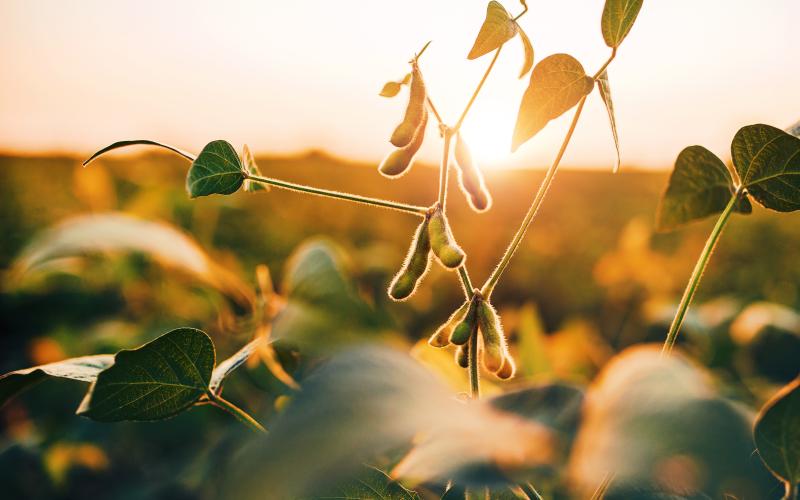
Best Management Practices for Soybean Production
This is your unbiased, research-based guide to soybean production to help increase yield, reduce input costs and protect your investment.
All Soybean Insects Content
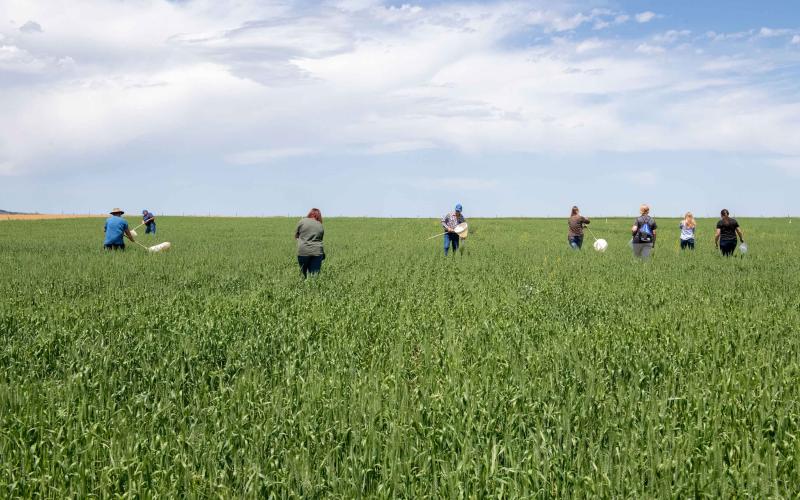
The South Dakota State University West River Research Farm to host Field Day on July 11
July 07, 2023
The South Dakota State University West River Research Farm Tour will be held on July 11 near Sturgis, South Dakota, running from 4 p.m. to 7 p.m.
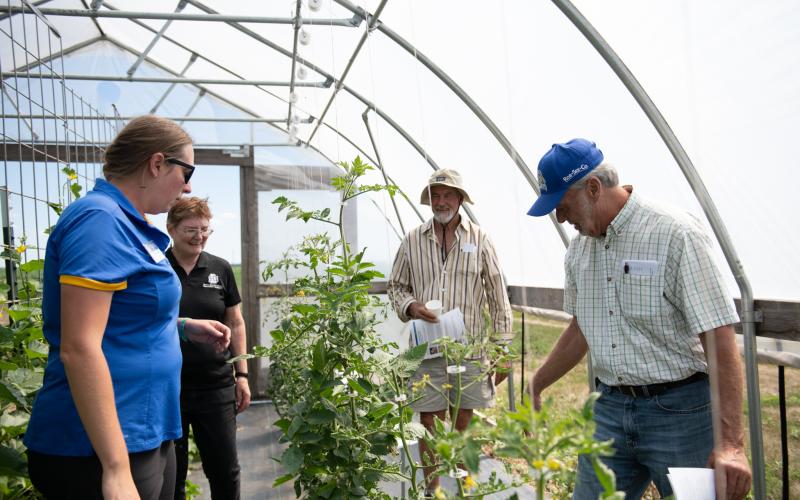
The South Dakota State University Southeast Research Farm to host Field Day on July 11
June 30, 2023
The South Dakota State University Southeast Research Farm Field Day will be held on July 11 near Beresford, South Dakota.

Dectes Stem Borer Observed in Soybean
We have received an increased number of Dectes stem borer reports in South Dakota soybean, and we are currently scouting to determine which counties have the highest risk for Dectes stem borer issues.

Grasshoppers Continue to Be an Issue During 2023
We have received numerous reports of very large populations of grasshopper nymphs in June. Before management action is taken, it is important to determine what stage observed grasshoppers are at.

Large Grasshopper Populations Detected in South Dakota
Very large populations of grasshoppers have been detected in southeastern South Dakota. Although these grasshoppers aren’t causing serious defoliation in crops yet, there is the possibility that they will as the season progresses.
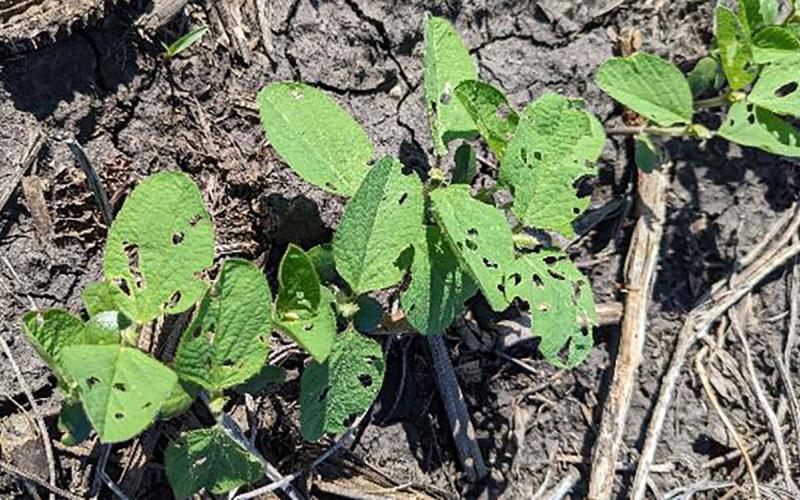
Time to Start Scouting for Bean Leaf Beetles
With soybean emergence underway, the next concern is early-season bean leaf beetle defoliation. Learn some expert tips for scouting and managing them before they impact yields.

South Dakota Grasshopper Prediction for 2023
Grasshoppers can cause serious defoliation in forage, soybeans and corn throughout much of the growing season. See our activity predictions for the 2023 growing season based on the 2022 U.S. Department of Agriculture Adult Grasshopper Survey.

South Dakota Overwintering Bean Leaf Beetle Predicted Mortality: 2022-2023
With bean leaf beetle emergence rapidly approaching, it’s important to start thinking about early-season management of the overwintering population. View our latest recommendations based on observations from winter 2022-2023.
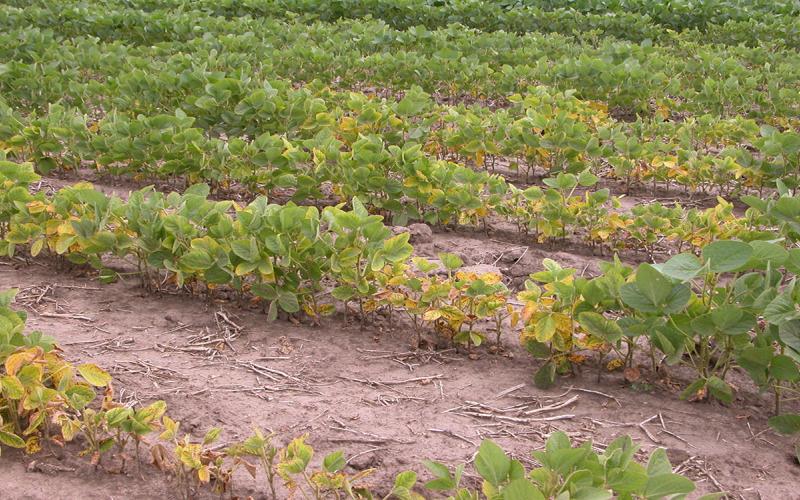
Know Soybean Cyst Nematode, Numbers Matter!
Have you noticed parts of your soybean field turning yellow earlier than expected? Are some of the plants stunted or showcasing a roller coaster appearance? Soybean cyst nematode may be to blame.
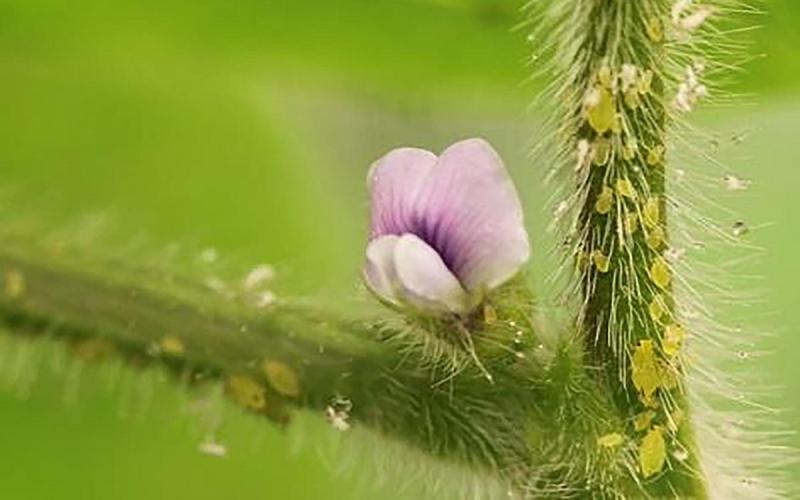
Soybean Aphids Active in South Dakota
Soybean aphid populations have been observed in South Dakota. Although populations are still very small and not widely dispersed, it is a good reminder that soybean aphid scouting should occur throughout the growing season.